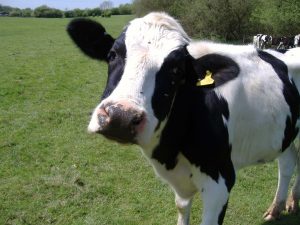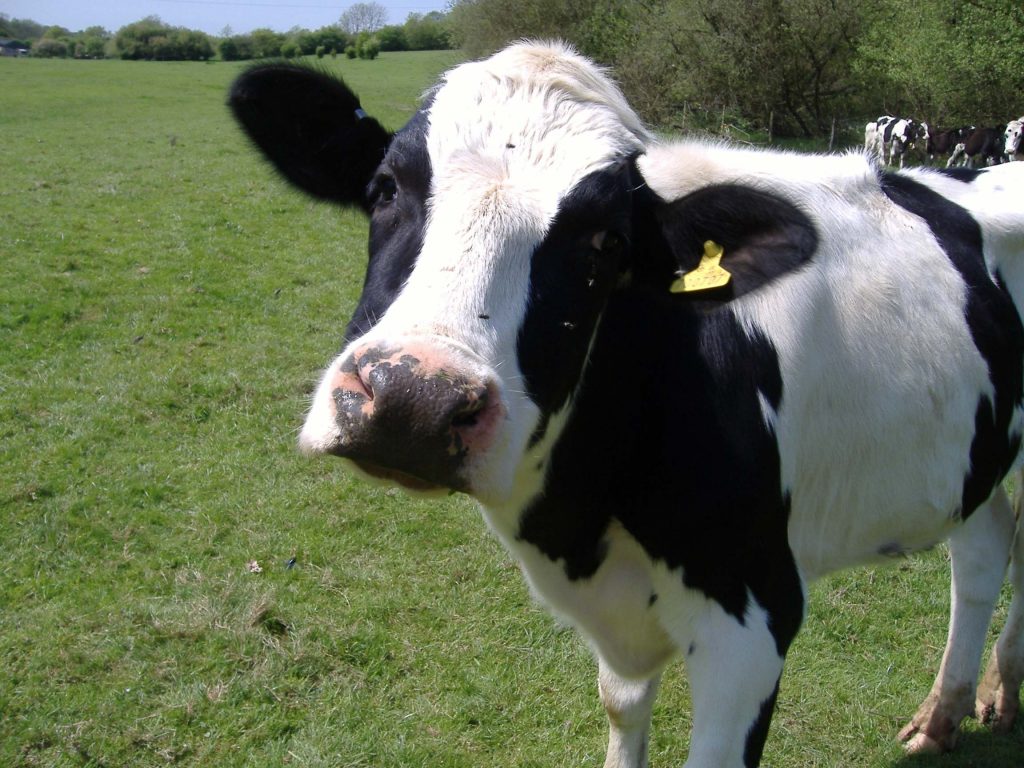When two farmers’ groups convened in Namugongo village, Kamuge Sub-county in Pallisa District, it was at the house of Jesca Fida Outa, one of the members. In the cowshed, were the animals, which they were to receive from Send a Cow Uganda, a development NGO.

The Outa family and 19 other beneficiaries were yearning for a life-changing asset in their households.
Kamuge and Kalapata women’s groups, each with 41 members, expected to turn around their lives.
The 82 farmers, mainly women, have undergone trainings in saving and investment, health education, crop and animal husbandry.
At the event , the group leaders–Rose Nima (Kalapata women’s group) and Grace Opela (Kamuge women’s group), sat with other members and officials as they listened to speeches from, among others, the sub-county leadership.
Send a Cow Uganda was handing over 20 in-calf Friesian heifers to 20 farmers in Pallisa District.
This is under a three-year project to give 300 heifers to 300 families targetting a total of 886 persons in eight districts.
The project worth £1m (Shs4.5b) will end in 2017, and cover Pallisa and Kumi in Teso, Wakiso, Kayunga, Rakai and Lwengo in Buganda region, as well as Amuru and Nwoya in Acholi.
‘Complete farmers’
Kamuge LC chairman, Mr. William Dedya, commended the organisation for the timely intervention. He said it supplements government efforts to eradicate poverty.
“This project will definitely make a fundamental change through increased household incomes and nutrition.”
On his part, the district production officer, Dr Okot Bodo, remarkedP: “I have been to many homes and seen how these cows are complete factories. Other than their milk for income and nutrition, they give you their dung and urine for manure.”
Timothy Njakasi, the project manager of the UKAID-funded project, explained that the heifers that were given out to farmers have already calved down. This means that while the project intends to place 300 heifers, by the end of the project, the number will be in excess of 500.
“We want to see farmers acquire assets, build better homes and, more importantly, send their children to school and access essential medicines,” he said.
According to Patrick Sambaga, the country director, the cows produce at least 20 litres per day on the first calving. By the second calving, with good animal management practices, they are supposed to produce 25 litres per day.
Each cow is supposed to calve down at least eight times. Going by the rate of Shs2.5m per cow, in eight years, a farmer will have earned Shs20m from sale of the calves alone.
“We give in-calf cows so that in about three months, a farmer is able to realise regular milk production,” he said.
Other than sending cows as the name suggests, the NGO provides farmers with support in form of crop or animal husbandry skills, start-up input–either of seed or livestock and other specific trainings.

